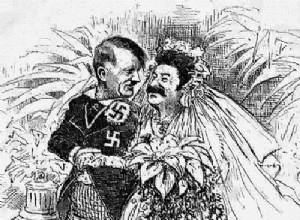Question 01 - ENEM 2017 - In the African empire of Mali, in the 14th century, Timbuktu was the center of an international trade where everything was traded - salt, ivory slaves, etc. There was also a large trade in books on history, medicine, astronomy and mathematics, in addition to a large concent




